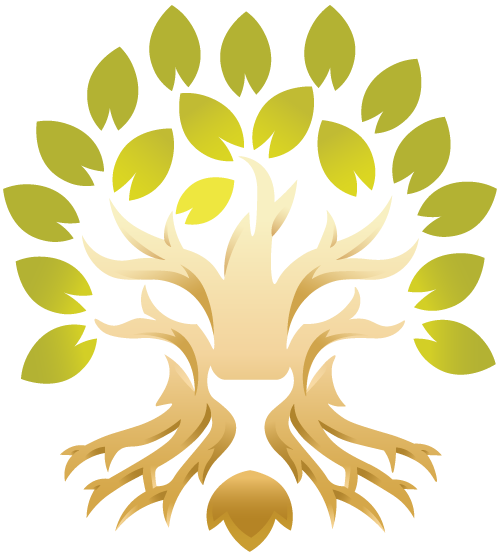How to Identify Hazardous Trees
Understanding the signs of tree hazards and knowing when to consult a tree care specialist can guide property owners in making informed decisions about tree management and removal.
Trees are valuable to any property, as they provide shade, beauty, and environmental benefits. However, when trees are unhealthy, they can be hazardous, posing significant risks to people and property. Identifying potentially dangerous trees is crucial for maintaining safety and preventing costly damage. Understanding the signs of tree hazards and knowing when to consult a tree care specialist can guide property owners in making informed decisions about tree management and removal.
Visual Inspection
The first step is a visual inspection. Regular observation of trees on a property can reveal early signs of potential problems. During the inspection, it’s important to examine the tree from various angles, including from a distance and up close.
Root System
A tree’s root system is vital to its stability and overall health. Signs of root problems include:
Visible root decay or damage
Soil around the base of the tree heaving or cracking
Exposed roots due to soil erosion
Fungal growth near the tree’s base
Compromised root systems can significantly reduce a tree’s ability to withstand strong winds or heavy loads, increasing the risk of falling.
Trunk Condition
The trunk is a tree’s main support structure. Examining the trunk can reveal several indicators of potential hazards:
Cracks or splits in the trunk
Large cavities or decay
Multiple trunks with weak attachment points
Leaning trunk (especially if recently developed)
Severe trunk damage can compromise the structural integrity of the entire tree, making it more susceptible to failure.
Branch Structure
Assessing the branch structure is crucial for identifying potential hazards. Look for:
Dead or dying branches
Branches with weak attachments to the trunk
Overextended or overweight branches
Crossing or rubbing branches
Weak or damaged branches have a greater potential to break and fall, especially during storms or high winds.
Canopy Health
The overall health of the tree’s canopy can provide valuable insights into its condition:
Thinning or sparse foliage
Discolored or undersized leaves
Premature leaf drop
Excessive deadwood throughout the canopy
A declining canopy may indicate underlying health issues that could compromise the tree’s stability and increase the risk of failure.
Environmental Factors
Considering environmental factors is essential when assessing tree hazards:
Recent construction or changes in soil grade near the tree
Exposure to severe weather conditions
Proximity to structures, power lines, or high-traffic areas
Competition with other trees or structures for resources
Environmental stressors can weaken trees over time, making them more susceptible to failure.
Professional Assessment
While visual inspections by property owners are valuable, consulting a tree care specialist is often necessary for a comprehensive hazard assessment. Professional arborists have the expertise and tools to identify less obvious signs of tree hazards and can provide detailed recommendations for management or removal.
Advanced Diagnostic Tools
Tree care specialists may employ advanced diagnostic tools to assess tree health and structural integrity:
Resistograph: Measures wood density and decay within the trunk or branches
Sonic tomography: Uses sound waves to create images of internal tree structures
Electrical impedance tomography: Detects areas of decay or damage within the tree
These tools allow for an accurate assessment of a tree’s condition, particularly when internal issues are not visible from the outside.
Risk Assessment Process
Professional arborists follow a systematic approach to evaluate tree risk:
Target identification: Determining potential targets (people, property) if the tree or its parts were to fail
Site conditions: Assessing soil conditions, drainage, and other environmental factors
Tree health and species profile: Considering the tree’s overall health and species-specific characteristics
Defect analysis: Evaluating the severity and potential consequences of identified defects
Failure potential: Estimating the likelihood of tree or branch failure
Based on this comprehensive assessment, the arborist can provide risk mitigation or removal recommendations if necessary.
Mitigation Strategies
When hazardous conditions are identified, there are several potential mitigation strategies:
Pruning: Removing dead, diseased, or structurally weak branches
Cabling and bracing: Installing support systems to reinforce weak branch unions or multiple stems
Lightning protection: Installing systems to protect valuable or high-risk trees from lightning damage
Root zone management: Improving soil conditions and reducing stress on the root system
Removal: In cases where the risk cannot be adequately mitigated, tree removal may be necessary
A tree care specialist can recommend the most appropriate course of action based on each tree’s specific circumstances.
Ongoing Monitoring and Maintenance
Routine monitoring and maintenance are essential for managing tree health and identifying potential hazards before they become severe. Establishing a routine inspection schedule and working with a professional arborist can help maintain a property’s trees’ safety and beauty.
Preventive Care
Implementing preventive care measures can help reduce the likelihood of trees becoming hazardous:
Proper pruning techniques
Adequate watering and fertilization
Protection from mechanical damage
Regular pest and disease management
By prioritizing tree health and addressing issues early, property owners can often prevent trees from becoming hazardous.
Identifying hazardous trees is critical to property management and public safety. When property owners recognize the signs of potential tree hazards and know when to seek professional assistance, they can take proactive steps to mitigate risks associated with dangerous trees.
Chuck’s Tree Service offers tree trimming and pruning, tree removal, tree care, and other services like crane services, storm damage tree removal, brush haul-off, land clearing and site development, and tractor services in Pasco, Hernando, and Pinellas Counties. Regular tree care can encourage vigorous growth, increase flower and fruit production, improve tree health, and more. Call us at 352-606-8289 today!

